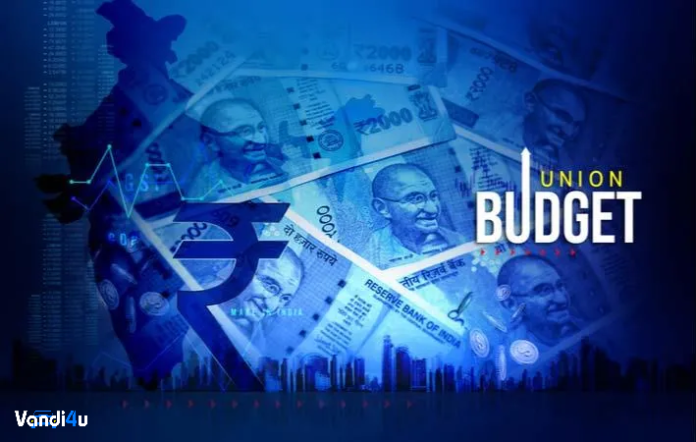
Fundamentally, the FY 2022-23 budget focuses on providing growth to the economy. We have already started to see some green shoots in the economic recovery and therefore a budget focused on that is a welcome step. The honorable FM has also not taken an aggressive target on reducing the fiscal deficit and, this also provides the headroom for spending and capital expenditure to enable the growth momentum on sustainable basis. Some of the highlights are 35.4% increase in CAPEX outlay to INR 7.5 lakh crore, the high-level fiscal target of 6.4% for 2022-23, a sharper focus on building road infrastructure and logistics and a bigger push towards e-Mobility are big boosts for the economy.
Infrastructure and logistics
I am pleased to see the various measures announced to boost the Road Infrastructure and Logistics sectors that should keep the Commercial Vehicles industry on a positive trend this financial year. The 25,000 km expansion of the national highway network, multi-modal national park contracts and the 100 GatiShakti terminal contracts should generate greater demand for the Commercial Vehicles in the market in FY23 as well as FY24. FY22 was a recovery year for DICV and we did anticipate that FY23 will be positive for us and it seems to be, taking references from the FY23 budget. It is also heartening to see a greater thrust towards improving the logistics efficiency based on digitalization, creation of multimodal logistic parts and cargo terminals. This will not only help the logistics industry but will also provide much needed and enhanced cost competitiveness to the entire manufacturing sector.
Housing and urban development
The allocation of Rs. 48,000 crore for the PM Awaas Yojana is also a welcome move for it will have a positive impact on the Commercial Vehicles industry, given that 80 lakh houses are planned in FY23, for urban and rural beneficiaries under the scheme.
E-Mobility
There is definitely a sharper focus on e-Mobility as per the FY23 budget. It will be interesting to see the special Mobility zones for electric vehicles. The Hon. Finance Minister’s comments on battery swapping and interoperability is certainly the right direction to take. We will however, need to look at the GST rate for charging and swapping as a service going forward. The indication that unblended fuel will attract additional duty of Rs. 2 per litre may put pressure on the current auto industry environment, at the same time will hasten the transition to blended fuels. Positives also are the extension of PLI to promote solar power generation and that energy storage and charging infrastructure are categorized under ‘infrastructure’ when this is indeed the future.
Taxation
GST collection of Rs. 1.4 lakh crore is a great indicator of the economic recovery and commitment of industries and business communities towards nation building.
Having said that, the focus on direct taxation could have been better to increase overall consumption. On the other side, increase in consumption amidst constrained supply chain environment may also add further to the inflationary trend, which is best avoided at this stage.
Revamping of the SEZ laws for export promotion and enhancing competitiveness of export looks promising. Likewise, steps to reduce litigation is also a welcome step, however, some more concrete steps towards ease of business and ease of compliance would have been helpful.


